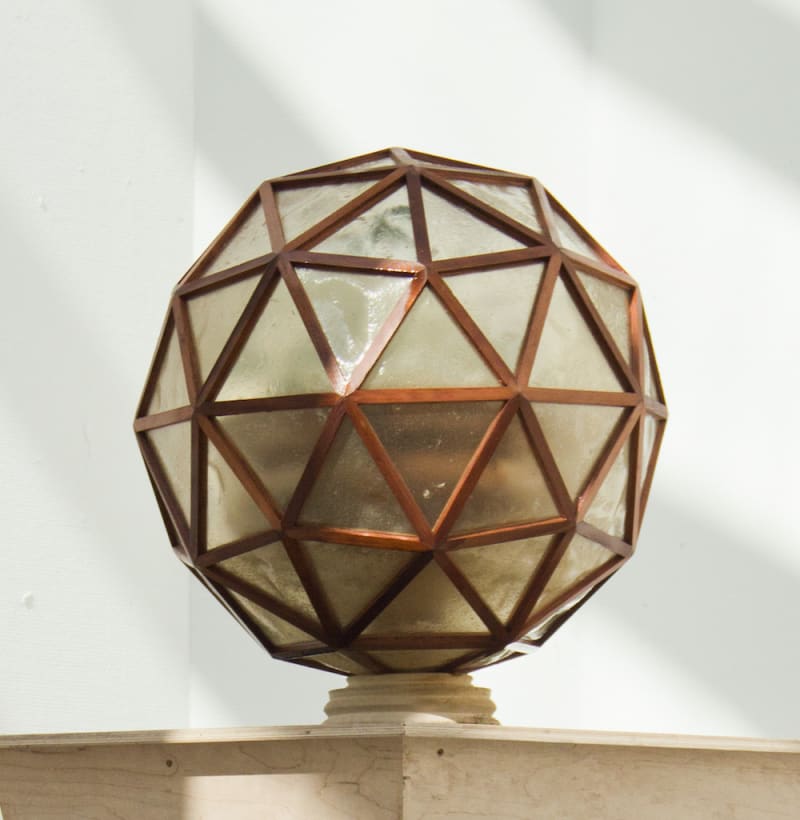Contamination of soil and water seriously threatens the environment and human health, our habitats are vulnerable and, with the growing population, in great danger. Ecological Space Engineering (E.S.E.) is conducting research to find solutions to this environmental threat and with pride we present the “mycoremediating biodegradable closed ecological system”, a result of our research to mycoremediation and the role of mycorrhizal fungi in phytoremediation.
We propose an induced phenomenon of terraforming by which a damaged or depleted ecosystem is able to naturally restore itself. Something of a seed, a biodegradable capsule containing organisms, is placed in a contaminated environment. The organisms remediate the soil and eventually break down the capsule and inhabit their surroundings, making the soil richer and ready for other forms of life.
The system is literally inoculated by fungi mycelium that is able to clean up diesel and many more toxic substances. The mycelium will spread in time through the system and infiltrate the underneath contaminated soil, to extract nutrients, remediate and nourish the soil and prepare it for the closed ecosystem that will be released during the decomposition of the system.
The inoculated fungus is mycorrhizal, which has the ability to form a mutualistic symbiosis with plants that can benefit fungi, flora and fauna alike
The “mycoremediating biodegradable closed ecological system” is a geodesic spherical construction. The arrays of triangles are made of wood and organic membranes, Seated inside the geodesic sphere are a foot and bowl which, like the pedestal upon which the geodesic sphere rests, are made from linden wood. The ecology within the system, composed of biotic and abiotic constituents, plays an integral part: these constituents assure the efficiency of the degradation process during remediation of the contaminated soil.
Mycoremediation
The technique of mycoremediation involves the use of fungi to break down hazardous substances into less or non-toxic substances. Mycorrhizal fungi, like the oyster mushroom mycelium, have the property to break down crude oil, fossil fuel, diesel and plant polymers (i.e., disposable diapers). Pleurotus ostreatus (the oyster mushroom) forms a symbiotic relationship with trees and vascular plants (mycorrhiza). Pleurotus ostreatus colonies and favor the roots of deciduous trees, in particular the beech.
Organic Membrane
E.S.E. uses agar-agar, honey, gum Arabic and salt in the composition of the organic membrane; these constituents posses beneficial features which enhance the quality of the organic membrane. To ensure the membrane has a water-resistant exterior. To ensure better closure, water-storing capabilities and circulation of gases within the system, the organic membrane has a varnish layer of colophony mixed with linseed oil and a drying catalyst [Mn(acac)3].
Closed Ecosystem
The closed ecosystem consists of biotic and abiotic constituents. The biotic environment involves all the living organisms and their interrelationships in this particular space, and they affect the function of this system. The biotic constituents such as minerals, climate, soil, water, sunlight and all other non-living constituents, all combine to form two major forces: the constant flow of energy through the entire closed ecosystem and the cycle of nutrients.
Like this entry?
-
About the Entrant
- Name:Jos Volkers
- Type of entry:individual
- Software used for this entry:none
- Patent status:none








